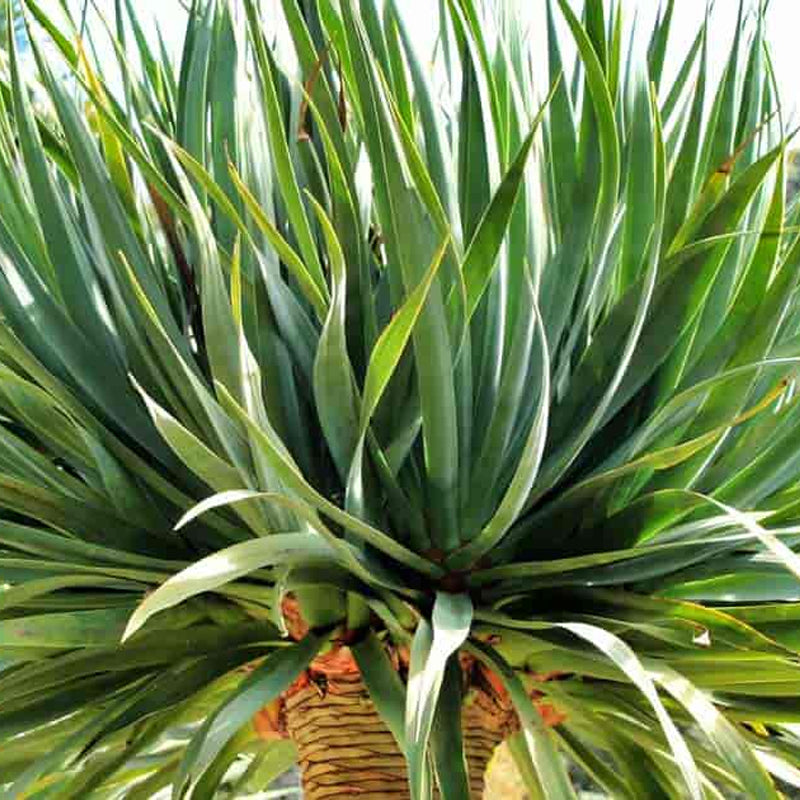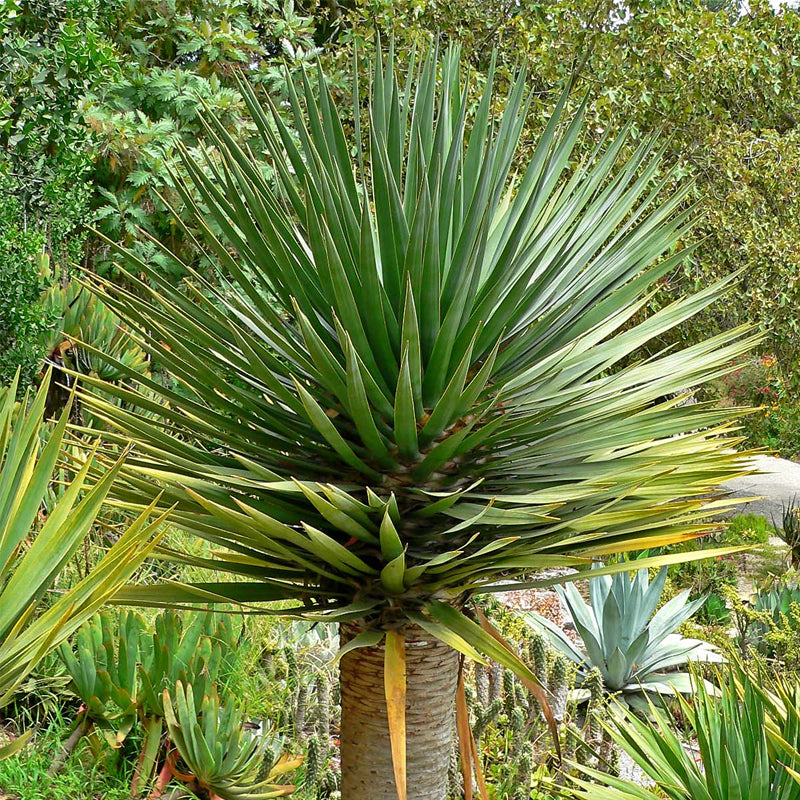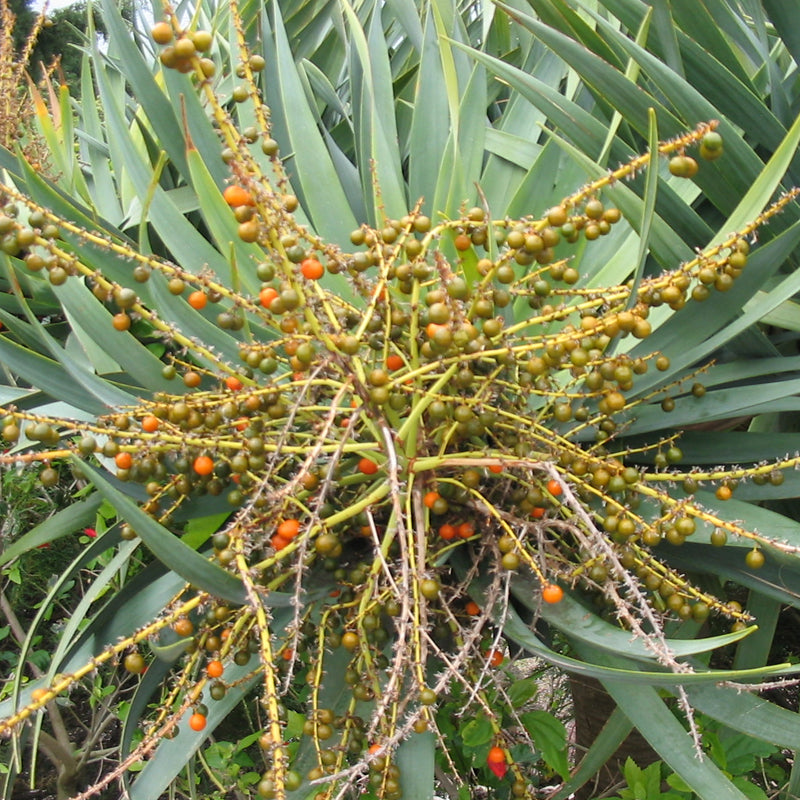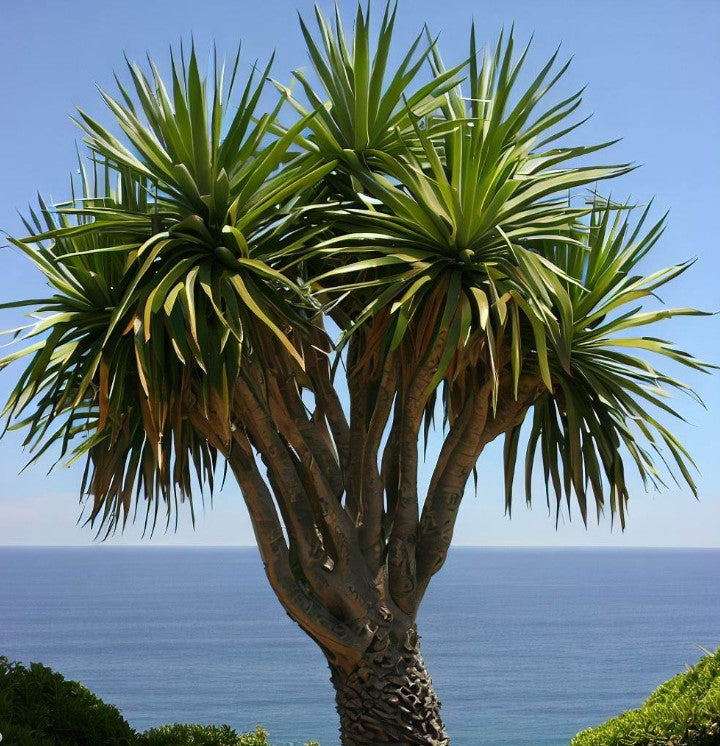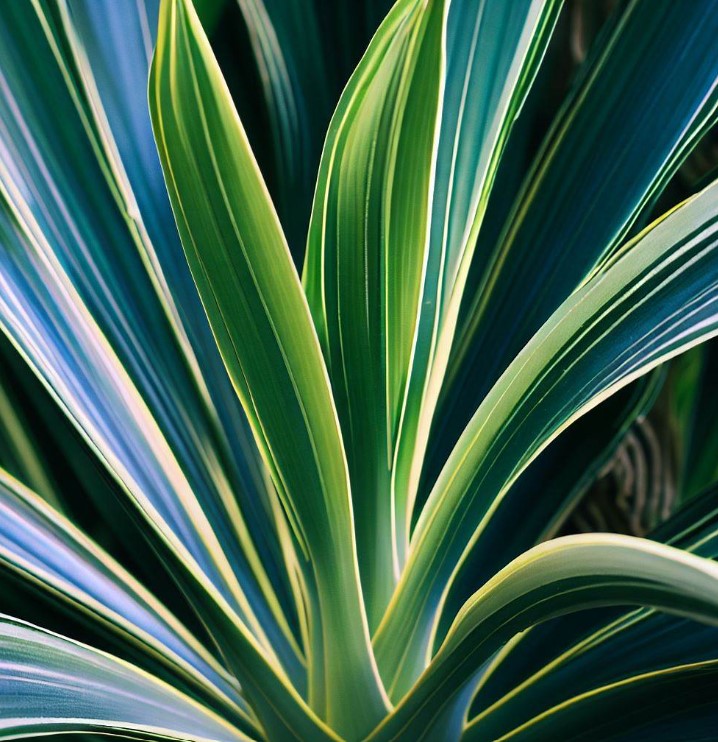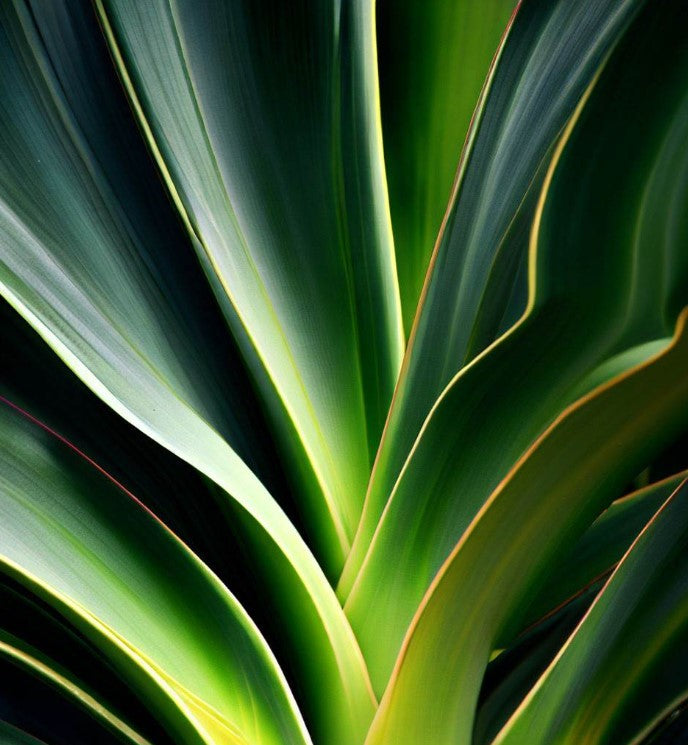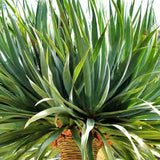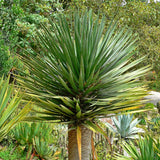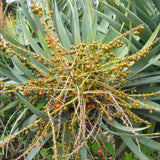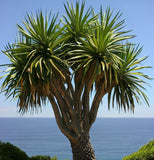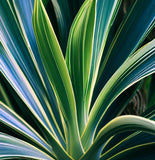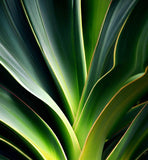Dracaena draco (Dragon Tree, Canary Islands Dragon Tree, Drago)
Dracaena draco (Dragon Tree, Canary Islands Dragon Tree, Drago) is a unique and iconic tree species native to the Canary Islands, Madeira, and Cape Verde. It belongs to the Asparagaceae family and is renowned for its distinctive appearance, cultural significance, and historical associations.
Physical Characteristics: The Dragon Tree is a slow-growing, evergreen tree that can reach impressive heights of up to 12-15 meters (39-49 feet). Its trunk is stout and massive, often with a gnarled and twisted appearance. The trunk's texture is rough and grayish-brown, and it is characterized by a thick, scaly bark that resembles dragon scales, hence the common name "Dragon Tree." Over time, the trunk may develop multiple branches or lateral growths near the top.
Leaves: The leaves of Dracaena draco are long, lance-shaped, and clustered at the ends of the branches. They are thick and leathery, typically measuring around 60-90 centimeters (23-35 inches) in length. The leaves are a deep green color and have a slightly curved or arching shape, giving the canopy a graceful and tropical appearance.
Resin and "Dragon's Blood": One of the unique characteristics of the Dragon Tree is its ability to produce a deep red resin known as "dragon's blood." When the tree's bark or leaves are injured or cut, a red sap oozes out and hardens upon exposure to air. This resin has been historically valued for various purposes, including traditional medicine, dyes, varnishes, and incense.
Flowers and Fruits: The Dragon Tree produces small, greenish-white flowers that are borne in dense clusters on tall, branched inflorescences. The flowers are often fragrant and attract pollinators such as bees and birds. After pollination, the tree may produce small, fleshy fruits that are spherical and contain several seeds. These fruits are generally not consumed by humans.
Cultural Significance and Mythology: The Dragon Tree has significant cultural and historical importance in the Canary Islands and other regions where it is found. It has been associated with various legends and folklore, often regarded as a symbol of longevity, strength, and protection. The red resin, "dragon's blood," was considered sacred in ancient times and had ritualistic and medicinal uses.
Conservation Status and Importance: Dracaena draco is listed as a vulnerable species due to habitat loss, urbanization, and other human activities. The tree's slow growth and low reproductive rate make it vulnerable to population decline. Efforts are being made to protect and conserve the remaining Dragon Trees and their habitats, as they play a crucial role in the ecosystems of the Canary Islands and hold cultural and historical significance.
Botanical Name : Dracaena draco
Common Name : Dragon Tree
Height : 20 ft
Spread : 5 ft
Germination Info : No pre-treatment
Hardiness zone : 8-11
Average seed per ounce : Approx. 75

